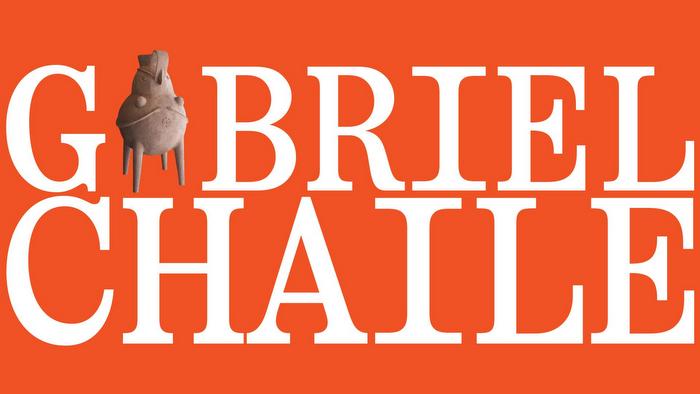Spain’s Cultural Center in Mexico (CCEMx) inaugurated on January 21,the first solo show of Spanish artists Cabello and Carceller. Pioneers in Spain when it comes to taking art to genre policies, Cabello and Carceller have developed an interdisciplinary work that features a conceptual and politically committed approach and uses such strategies as the appropriation, performance orfiction account to question modernist narratives that ignore politic minorities while they pretend to stand by them.
The show, titled “Text is a text is a text (Un texto es un texto es un texto)” to paraphraseGertrude Stein’s famous verse “Rose is a rose is a rose is a rose”, is structured like an expanded and fragmentary text that gathers seven works created between 2004 and 2014. The text, the texts, are dissected, referred, documented, danced and literally personified in a tour that allows visitors to come closer to the rupture topics that prevail in their work: revolution, performance and trans-generic characteristics, and indiscipline.
For CCEMx, the main platform to shed light on Spanish contemporary art in Mexico, dealing with the genre matter from a cultural point of view has always been one of its main strategies. This project shows the interest of this institution in exploring “other” identities with promotion and support policies to support the artistic exchange within the Iberian-American context.
In their work, Cabello and Carceller turn to external collaborators, amateurs in many cases, to bring them face to face with weird or dislocated situations or texts– which could be described as queer-. Isolated and out of context, these protagonists go through a disruption that contributes to expand established meanings and reinforce the “distancing”. In other cases, their proposals trigger the poetic activation of unexpected individuals, those who – just like them – try to dismantle hegemonic systems in the social, political spaceor in the artistic discourse as such.
So, in “Text is a text is a text”we find videos and installations that try to connect revolutionary feminist discourses, linked to the liberation of dissident sexualities from the 1970s, with the institutional critic from art.The show will be open through April 13, 2014.
Source: Spain’s Cultural Center in Mexico
Publicaciones relacionadas

Esculturas argentinas en Tabakalera
Noviembre 01, 2024

















